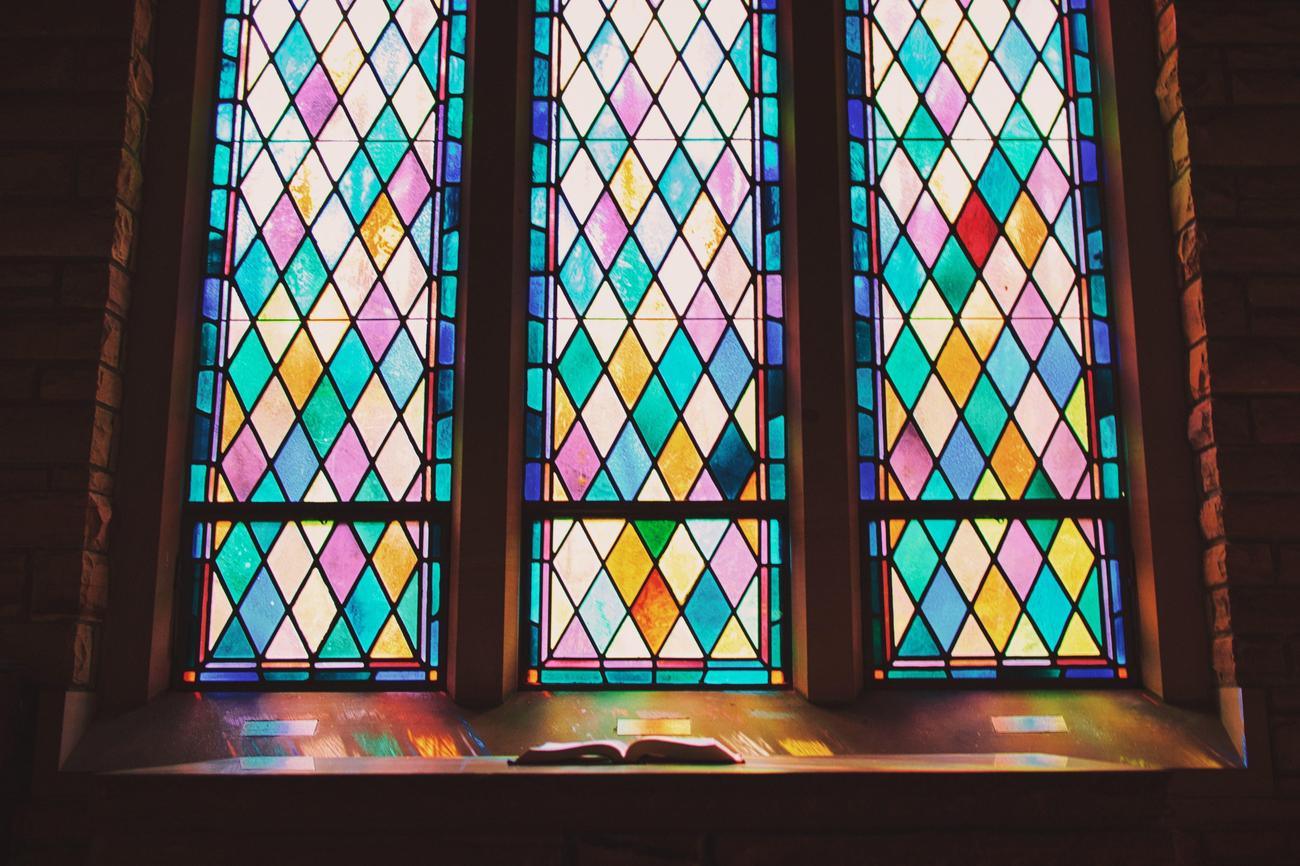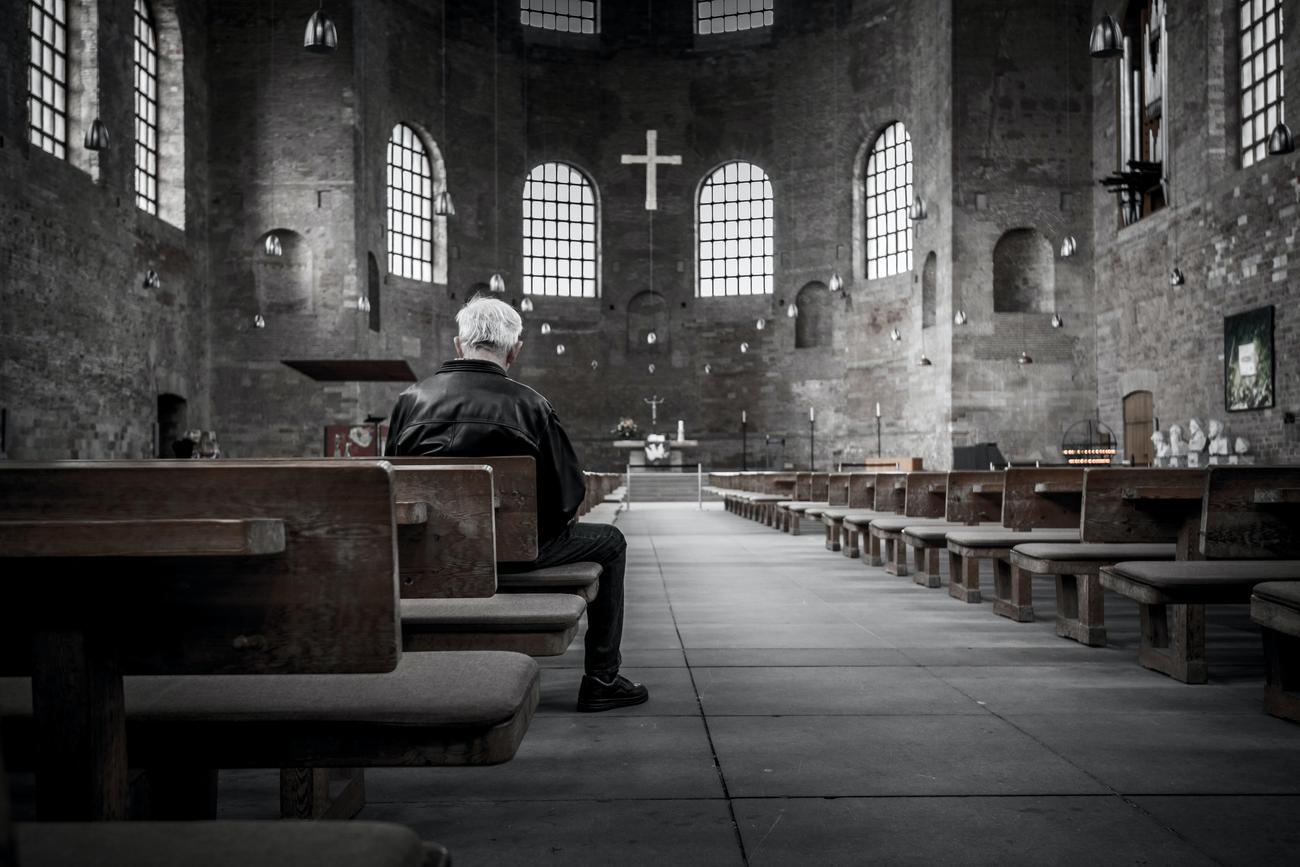Uncovering Armenia’s Distinctive Religious Heritage

Step into the captivating world of Armenia’s religious history and you will soon find yourself immersed in a tapestry of unique and fascinating traditions. From its ancient beginnings to the present day, Armenia’s religious heritage holds a distinctiveness that sets it apart from any other nation. As an experienced historian specializing in religious studies, I invite you to join me on a journey of exploration, as we delve deep into the intricacies of Armenia’s religious past and unravel the rich tapestry that defines its distinctive heritage. Through in-depth research and analysis of primary sources, we will uncover the secrets and nuances that make Armenia’s religious history a treasure trove of knowledge and insight.
What is Unique About the Religious History of Armenia
Armenia’s religious history is a tapestry woven with an array of vibrant threads that make it truly distinctive. From ancient times to the present day, Armenia has been marked by its religious heritage, shaping its culture, identity, and society. Let’s delve into what sets Armenia’s religious history apart.
1. A Blend of Influences:
Armenia’s religious history is characterized by a fascinating amalgamation of indigenous beliefs and external influences. The religion of Urartu, the first recorded state in Armenia, incorporated elements of indigenous, Hurrian, and Mesopotamian gods and symbolism. This unique mix laid the foundation for the diverse religious tapestry that unfolded in later centuries.
2. Armenian Paganism:
Before the advent of Christianity, Armenia’s main religion was Hetanism, also known as Armenian paganism. This ancient polytheistic belief system constructed bridges between the natural and spiritual realms, forging connections through rituals, cosmology, and a profound reverence for nature. Hetanism offered a glimpse into the spiritual worldview of the pre-Christian Armenians and their understanding of the divine.
3. Pioneers of Christianity:
In the early 4th century, Armenia made history by becoming the first state to embrace Christianity as its official religion. This radical shift was orchestrated by the ruling dynasty of Arsacid Armenia, setting a precedent that reverberated throughout the world. This monumental conversion transformed the religious landscape and laid the foundation for the Armenian Apostolic Church, the oldest national church in existence.
4. Resilience Amidst Challenges:
The path to Christianity was not without trials and tribulations. The conversion to this new faith was imposed forcefully by the ruling dynasty, resulting in the destruction of pagan temples. Despite these challenges, the Armenian people’s resilience and determination allowed them to preserve their faith and adapt to a new religious framework.
5. Enduring Identity:
The Armenian Apostolic Church remains at the heart of Armenian society, deeply ingrained in its history and identity. With its spiritual center at the majestic Etchmiadzin Cathedral, the church continues to be the dominant denomination, playing a central role in the lives of Armenians. Its influence stretches far beyond the confines of religious practice, permeating Armenian culture and helping to maintain a strong sense of national identity across the globe.
6. A Diverse Religious Landscape:
While the Armenian Apostolic Church stands as the primary religious establishment, Armenia also recognizes other Christian denominations. Alongside Christianity, Armenia is home to a small Muslim and Yazidi minority, reflecting a tapestry of religious diversity within its borders. This harmonious coexistence exemplifies Armenia’s commitment to religious tolerance and respect for different faiths.
7. A State Religion for Centuries:
In 301 AD, Armenia made history once again by becoming the first branch of Christianity to declare itself a state religion. This transformative decision solidified the profound influence of Christianity within Armenian society and laid the groundwork for centuries of intertwined religious and political dynamics.
Armenia’s religious history is an intricate mosaic of indigenous beliefs, Christianity, and coexisting faiths. It is a testament to the indomitable spirit and enduring faith of the Armenian people, shaping their culture, values, and sense of self. As we unravel the rich tapestry of Armenia’s distinctive religious heritage, we gain insights into the essence of this remarkable nation.
Armenia, a country with a rich history and breathtaking landscapes, is full of fascinating facts waiting to be explored. Did you know that Armenia is home to the oldest winery in the world, dating back over 6,000 years? That’s right, the traditional art of winemaking has been perfected in this region for thousands of years. If you’re curious to learn more about the interesting facts about Armenia, click here: interesting fact about Armenia. Get ready to be amazed by the intriguing discoveries that await you in this captivating country!
How Armenia Became the First Christian Nation: King Tiradates III
[youtube v=”QMSxrMj5yGw”]
Armenia’s religious history is characterized by a blend of indigenous beliefs and external influences. Before the adoption of Christianity, Armenia practiced Hetanism, which was their main religion, also known as Armenian paganism[^1^].
In the early 4th century, a significant event took place that would change the course of Armenian history. King Tiradates III, born in the early 250s AD, is known for becoming the first ruler to embrace Christianity and convert the entire state to this new faith[^1^][^7^].
Armenia’s journey towards Christianity was not without challenges. King Tiradates III faced opposition from those who adhered to the traditional Zoroastrianism religion and had to battle against his own people. Despite this resistance, the Armenian people proudly preserved their faith and adapted to the new religious framework[^4^].
The Armenian Apostolic Church plays a central role in Armenian society and has a strong influence on the nation’s culture and identity[^5^]. It is considered one of the oldest national Christian churches and has been a source of spiritual guidance for the Armenian people for centuries[^4^]. Today, the Armenian Apostolic Church remains the predominant religious institution in the country.
Armenia’s religious landscape is not limited to Christianity. The nation acknowledges other Christian denominations and welcomes religious diversity. Small communities of Muslims and Yazidis also contribute to the religious tapestry of Armenia[^6^].
The significance of Armenia’s conversion to Christianity cannot be overstated. In 301 AD, Armenia became the first state to officially declare itself a Christian nation[^7^]. This pivotal moment would have a lasting impact on the development of Christianity and its global influence over the next 17 centuries[^7^].
As we reflect on the historical journey of Armenia, it is clear that King Tiradates III played a crucial role in solidifying the Christian faith within the nation. His bold decision to embrace Christianity and convert the entire state laid the foundation for Armenia’s rich Christian heritage and its enduring relationship with the faith[^7^].
In summary, Armenia’s path to becoming the first Christian nation was paved by the courageous actions of King Tiradates III. Despite facing challenges and opposition, Armenia embraced Christianity as its state religion, setting the stage for the nation’s enduring relationship with the Christian faith and its influential role in shaping the development of Christianity worldwide[^7^].

FAQ
Question 1
What was the religion of Armenia’s first recorded state, Urartu?
Answer 1
The religion of Armenia’s first recorded state, Urartu, was a unique mix of indigenous, Hurrian, and Mesopotamian gods and symbolism.
Question 2
What was Armenia’s main religion before the introduction of Christianity?
Answer 2
Armenia’s main religion before the introduction of Christianity was Hetanism, also known as Armenian paganism.
Question 3
When did Armenia become the first state to accept Christianity as its state religion?
Answer 3
Armenia became the first state to accept Christianity as its state religion in the early 4th century, during the time of Arsacid Armenia.
Question 4
What is the world’s oldest national church and the primary religious establishment in Armenia?
Answer 4
The Armenian Apostolic Church is the world’s oldest national church and is recognized as the primary religious establishment in Armenia.
Question 5
How and when was Christianity first introduced to Armenia?
Answer 5
Christianity was first introduced to Armenia in the 1st century AD by apostles Bartholomew and Thaddeus.
- Senior at What Age: Benefits & Eligibility Guide - March 29, 2025
- Unlocking Senior Benefits: How Old is a Senior? Your Complete Guide - March 29, 2025
- Master Russian Politeness:A Guide to Saying Please - March 29, 2025
















